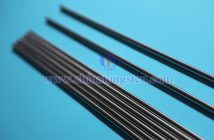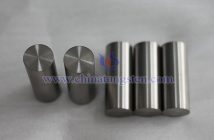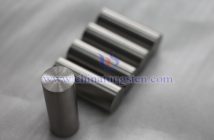Sulfur element predominantly exerts harmful effects on tungsten-nickel-iron alloy performance: its impact is minimal at low levels, but excessive sulfur content leads to the formation of low-melting-point sulfides and grain boundary weakening, resulting in a sharp decline in impact toughness, deterioration of strength and plasticity, reduced corrosion resistance, and hindered processability.
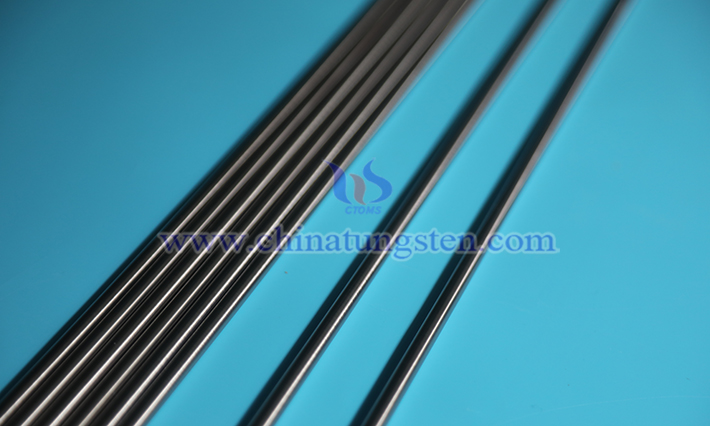
Methods to Reduce Sulfur Content in Tungsten-Nickel-Iron Alloy
The core strategy for lowering sulfur content in tungsten-nickel-iron alloy lies in cutting off sulfur introduction pathways and enhancing sulfur removal efficiency through raw material control, process optimization, and active desulfurization.
I. Raw Material Pretreatment and Low-Sulfur Raw Material Selection
Sulfur primarily enters the alloy as an inherent impurity in raw materials (tungsten powder, nickel powder, iron powder, and additives), making source control the foundation for reducing sulfur content.
Tungsten Powder: Prefer low-sulfur tungsten concentrate processed via hydrogen reduction. In traditional acid leaching of tungsten concentrate, extending leaching time or increasing temperature allows sulfides to react with hydrochloric or nitric acid mixtures, forming soluble sulfates that are removed, reducing sulfur content. Nickel/Iron Powder: Powders produced by electrolysis or hydrogen reduction have lower sulfur content; avoid carbonyl process powders, which may introduce sulfur impurities due to carbon residues. Raw Material Pre-Desulfurization: High-sulfur tungsten powder can undergo high-temperature hydrogen reduction pretreatment to lower sulfur content. Nickel and iron powders can be treated with dilute acid washing—immersed in dilute sulfuric or hydrochloric acid at room temperature to dissolve surface sulfide impurities, followed by rinsing with deionized water to neutrality and vacuum drying—to remove free sulfur.
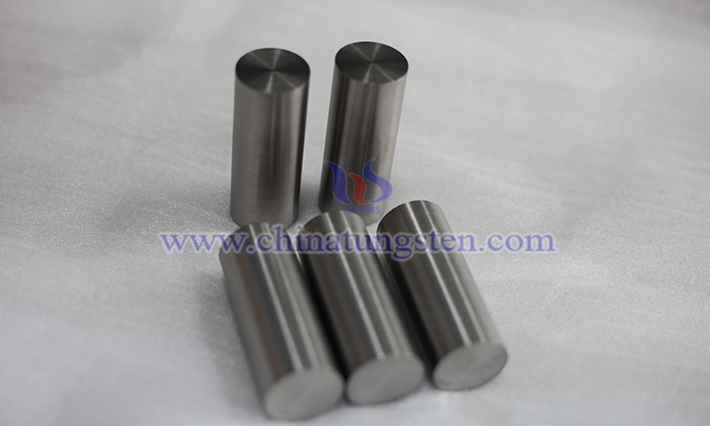
II. Smelting Process Optimization: Suppressing Sulfur Retention and Enhancing Volatilization
Vacuum induction melting or vacuum arc melting, commonly used for tungsten-nickel-iron alloy, leverages the decomposition of sulfides under high-temperature vacuum to reduce sulfur content. For non-vacuum smelting (e.g., atmospheric induction melting), introduce high-purity inert gas to displace air in the furnace, preventing sulfur ingress from the atmosphere. Avoid sulfur-containing refractory materials, opting for high-density graphite or zirconia crucibles to minimize sulfur exchange between the crucible and melt.
III. Active Desulfurization During Refining: Addition of Desulfurizers and Reaction Separation
Adding elements with stronger sulfur affinity (desulfurizers) to the melt to form stable, easily separable sulfides is an effective means of reducing sulfur content.
Rare Earth Elements: With far higher sulfur affinity than W, Ni, or Fe, rare earths form high-melting-point, low-density rare earth sulfides. These float to the surface as slag and are removed due to their lower density than the melt. Alkaline Earth Metals (Calcium, Magnesium): Efficient desulfurizers, they react with sulfur to form insoluble CaS or MgS. Given their susceptibility to oxidation, calcium granules or magnesium ingots should be added under vacuum or inert atmospheres, or Ca-Si alloys can be used to reduce burn-off.

